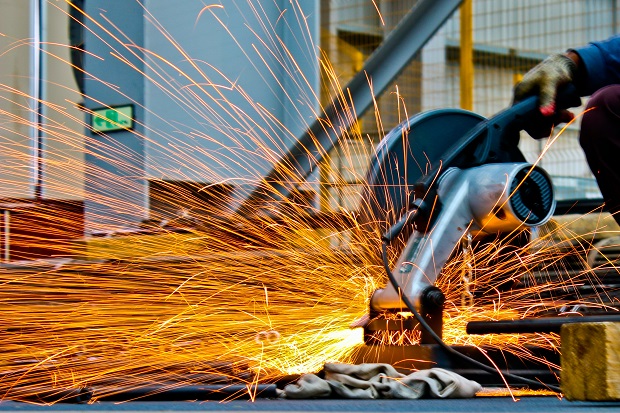IIT Bombay Offers To Convert CO2 Into CO In Steel Sector With CCUS

The National Centre of Excellence in Carbon Capture and Utilisation (NCoE-CCU) at IIT Bombay introduced a new energy-efficient carbon dioxide capture technology. This technology converts carbon dioxide to carbon monoxide under electro-catalytic conditions. It does so under ambient temperatures in the presence of water. This application has been developed potentially for the steel sector.
Recently, a team of investigators led by Arnab Dutta and Vikram Vishal, along with researchers and scholars at the centre was granted a patent for CO2 to carbon monoxide (CO) conversion technology.
This technology holds promise for various industrial applications and is being actively pursued for scaling up. This was made possible through the recently incubated start-up UrjanovaC Private Limited for potential application in the steel sector. In addition, another aqueous-based CO2 is captured and converted to calcium carbonate technology. Among the latest emerging technologies, the activities of the DST-supported NCoE-CCU is also licensed to UrjanovaC Private Limited incubated through SINE at IIT Bombay.
In efforts to support India’s goal for net-zero emissions by 2070, organisations such as, Department of Science & Technology (DST) with the National Centre of Excellence are working in Carbon Capture and Utilisation (NCoE-CCU), at IIT Bombay. These organisations are actively working towards developing pathways on capturing CO2 from various emission sources, and converting it into usable chemicals or permanent storage, representing a crucial pathway for greenhouse gas mitigation.
Carbon monoxide (CO) is a widely used chemical, in the industry especially in the form of syngas. In the steel industry, CO is an essential ingredient for converting iron ores to metallic iron in blast furnaces. Currently, CO is generated by partial oxidation of coke/coal, which leads to a significant production of CO2 as an end product of this process. If this emitted CO2 can be captured and converted into CO, it can lead to a circular economy in this process while reducing the carbon footprint and associated costs.
The process for CO2 to CO conversion that is widely in use currently occurs at elevated temperatures (400-750 °C), and the presence of the equivalent amount of H2 is necessary for driving this reaction forward making it an energy-intensive process. The newly developed process by IIT Bombay’s NCoE-CCU requires only minimal energy as it can proceed under ambient temperatures (25-40 °C) in the presence of water. The energy required for this electrocatalysis reaction can be harnessed directly from a renewable energy source (in the form of a solar panel or windmill), which ensures a carbon-neutral operating scenario for a facile CO2 to CO conversion.




